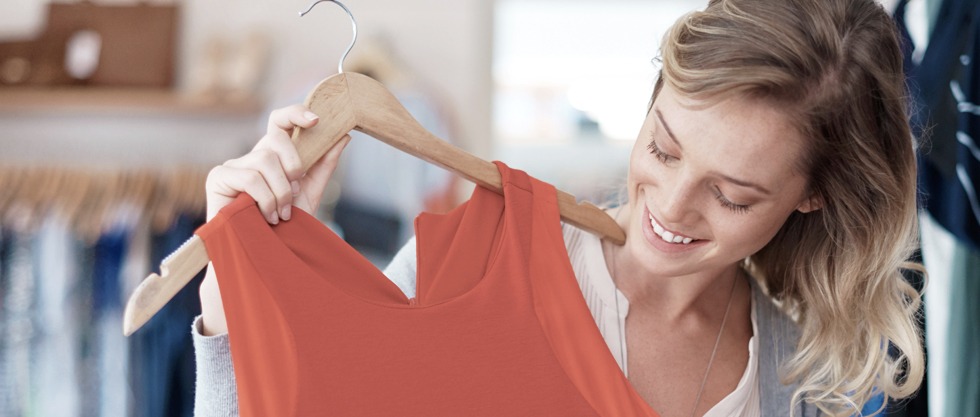Everyone loves a deal. And the retail world knows it.
Check out these four pricing techniques used to convince us we’re getting a good deal. Then learn how to tell if the item is actually on sale or not with our pro shopping tips below:
1. Price Anchoring
Infomercials are a classic example of price anchoring.
Imagine an over-accessorized shopping channel hostess demonstrating the latest kitchen gadget. Her pitch is almost always the same: “Normally, this would cost you $150. But if you call in the next hour, we’ll give it to you for the low, low price of $39.99! We’ll even throw in free shipping!”
If a higher price is established in our minds first, we’re often more likely to buy an item for the price that is set next. It seems like a steal by comparison! That’s why you can find the “suggested retail price” on everything from cars to children’s books. It might be a deal—or it might not be.
Get expert money advice to reach your money goals faster!
Pro Shopping Tip: Don’t assume the price you see is the best one. Read reliable reviews online and do some comparison shopping of your own before you buy. You might find a better deal in about five minutes. Or less.
Related: Dave’s Most Popular Money-Saving Tip
2. Bonus Packs
If given the choice between getting a bonus pack or a discount, which would you pick?
In a study published in the Journal of Marketing, researchers offered consumers hand lotion for either 35% off the regular price or in a bonus pack of 50% more. Not surprisingly, most shoppers chose the bonus pack.
But here’s the kicker: The discount was the better deal! That’s because 50% more product equals a discount of 33%. Shoppers would have been better off getting the regular pack for less money! Tricky.
Pro Shopping Tip: Make sure you’re comparing apples to apples. Or in this case, hand lotion to hand lotion. Look at the price per unit instead of comparing two totally different measurements.
Related: Ways to Cut Down Your Grocery Bill
3. Three’s a Crowd
We don’t like high prices, but we don’t like cheap junk either.
That’s why you might see a distracting price cushion on either side of a product that’s being promoted. The Atlantic retells a perfect example of this, first published in William Poundstone’s book Priceless: The Myth of Fair Value (and How to Take Advantage of It).
In an experiment, customers were offered two drinks: one priced at $2.50 and the other at $1.80. Most bought the more expensive drink because of the perceived higher quality. Then, another drink entered the mix at $1.60.
Suddenly, the mid-priced drink soared in popularity! It was the perfect combination of quality and price. Keep in mind: Products are positioned to make them look like a bargain.
Pro Shopping Tip: Don’t judge a product’s quality based on the prices around it. Figure out what you like, and budget for that item—and that item only.
4. The Color Orange
When we see a sale sign, a deal alarm goes off in our heads.
Behavioral economist Dan Ariely shows us just how susceptible we are to sale stickers with a few photos from Whole Foods Market. The bright orange sales sticker had a price of $3.99. Above the sale sticker, was the regular price.
Guess how much? $3.99!
Pro Shopping Tip: Look at the regular price when you’re shopping, not just the brightly colored sales sticker. Bright colors don’t necessarily mean a better deal.
Don’t Be Fooled!
When you're out shopping, stop and do the math before you buy. Is it really a good deal, or are you just getting duped? Keep more money in your budget by being aware and being intentional.
And hey, being intentional with your money isn't just a cool motto—it's how you crush those money goals. Start doing just that with an EveryDollar budget. This free budgeting app will help you make—and stick to—a budget. Every. Single. Month.



